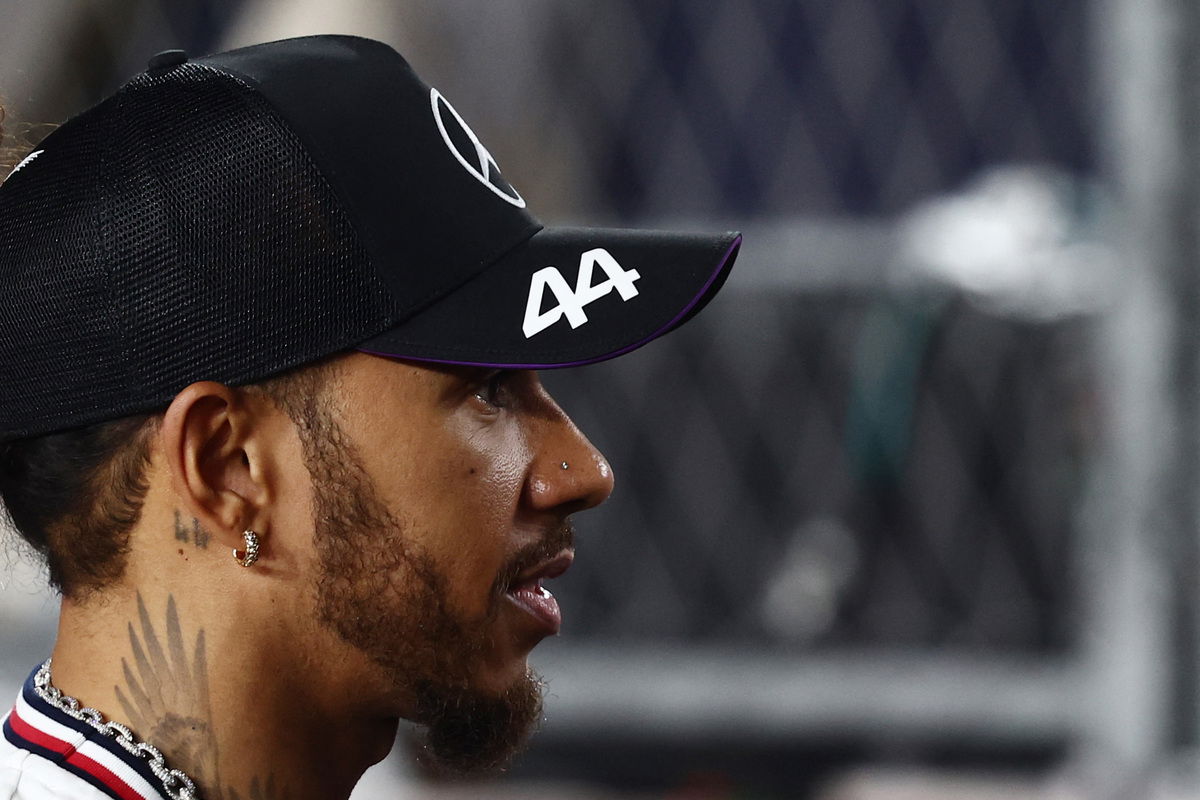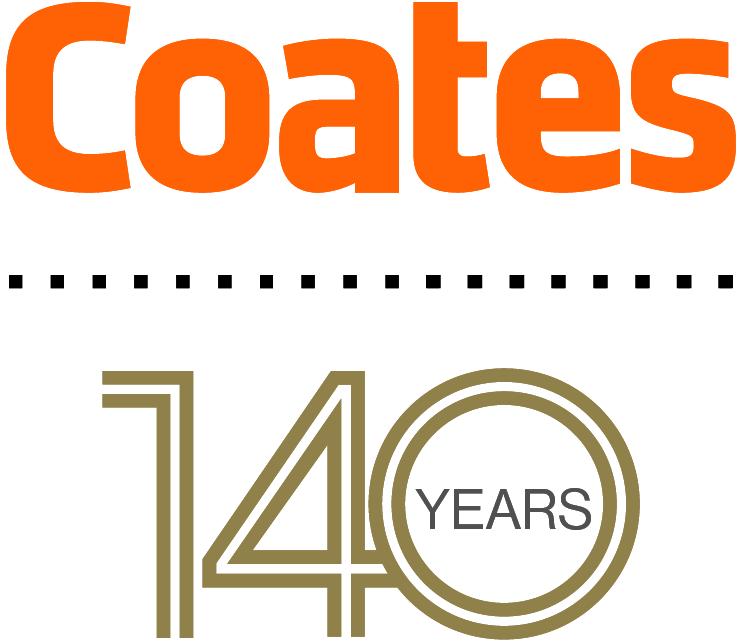

Since 2014, Formula 1 has operated a permanent number system where drivers can select their number of choice ( from 2 to 99, provided it’s available) at the start of their career.
The one exception to this is the world champion can choose to run their personal number, in Max Verstappen’s case 33, or use 1 if they wish – as the Dutchman has done.
That has given rise to some now famous associations, such as Lewis Hamilton and 44, and the opportunity for personal branding and marketing that has consistency beyond the team’s colours.
Once, numbers were tied to the team and moved around based on championship position.
It tightened up in more recent years, but from the early 1970s until the 1990s, teams became associated with a pair of numbers.
For instance, Ferrari was long associated with 27 and 28, Tyrrell 3 and 4, and Williams 5 and 6.
That apparent link was little more than a coincidence and, if the brutal reality is told, a direct result of a lack of success.
Back then, teams maintained the same number pairing from year to year unless they happened to boast the previous year’s drivers’ championship winner, in which case they’d run 1 and 2.
If a rival had been running 1 and 2, it was assigned the first available spare pair in the range – which often meant teams towards the front swapped numbers between them.
For example, Williams ran 5 and 6 in 1988 and McLaren 11 and 12 as Nelson Piquet switched to Lotus and took with him his right to carry 1 as world champion (he’d driven with Williams in 1987).
In 1990, after Alain Prost won the title with McLaren in 1989, he joined Ferrari and took 1 and 2 with him. His former team ran 27 and 28, as Ferrari had done the previous year, only for the two squads to swap numbers back for 1991 after Senna claimed his second crown.
Prior to that system, numbers changed from one event to the next, with no real rhyme nor reason as promoters managed entries and dished them out as they saw fit.
The 2014 system offers a degree of consistency the sport has arguably never had, not to mention the opportunity for drivers to more easily create a personal brand, as Hamilton has done with 44.
It’s also a way for drivers to express their personality, or reference a hero, as Jack Doohan has done with his choice of 7.
Doohan’s race number is a curious one.
In Abu Dhabi at the end of 2024, he competed with 61 as he was essentially a replacement driver and not have a permanent member of the grid at that point.
As such, he used the number assigned to Alpine as its spare, just as Oliver Bearman did at Ferrari and Haas when he substituted in at Saudi Arabia and Azerbaijan respectively.
Doohan had intended to select for 12 as his number, but Mercedes’ Kimi Antonelli got his paperwork in first and made the same selection, prompting his Aussie rival to switch.
He’ll instead use the number previously raced by Kimi Raikkonen.
When a driver retires from the sport, their number is put on ice for two seasons to cover off the prospect of a return.
Hence Fernando Alonso, Nico Hulkenberg, Kevin Magnussen, Esteban Ocon, and Daniel Ricciardo have all retained their selection despite periods out of the sport.
In Ricciardo’s case, 3 cannot be used until at least 2027.
Within the range of numbers allowed, only one has been retired.
Following the death of Jules Bianchi following his crash at the 2014 Japanese Grand Prix, it was decided that 17 would be reserved for his memory.
F1 2025 driver numbers
| Num | Driver | Last Raced (since 2014) |
| 1 (33) | Max Verstappen | Sebastian Vettel (2014) |
| 4 | Lando Norris | Max Chilton (2014) |
| 5 | Gabriel Bortoleto | Sebastian Vettel (2022) |
| 6 | Isack Hadjar | Nico Robserg (2016), Nicholas Latifi (2022) |
| 7 | Jack Doohan | Kimi Raikkonen (2021) |
| 10 | Pierre Gasly | Kamui Kobayashi (2014) |
| 12 | Kimi Antonelli | Felipe Nasr (2016) |
| 14 | Fernando Alonso | – |
| 16 | Charles Leclerc | – |
| 18 | Lance Stroll | – |
| 22 | Yuki Tsunoda | Jenson Button (2017) |
| 23 | Alex Albon | – |
| 27 | Nico Hulkenberg | – |
| 30 | Liam Lawson | Jolyon Palmer (2017) |
| 31 | Esteban Ocon | – |
| 44 | Lewis Hamilton | – |
| 55 | Carlos Sainz | – |
| 63 | George Russell | – |
| 81 | Oscar Piastri | – |
| 87 | Oliver Bearman | – |






















Discussion about this post